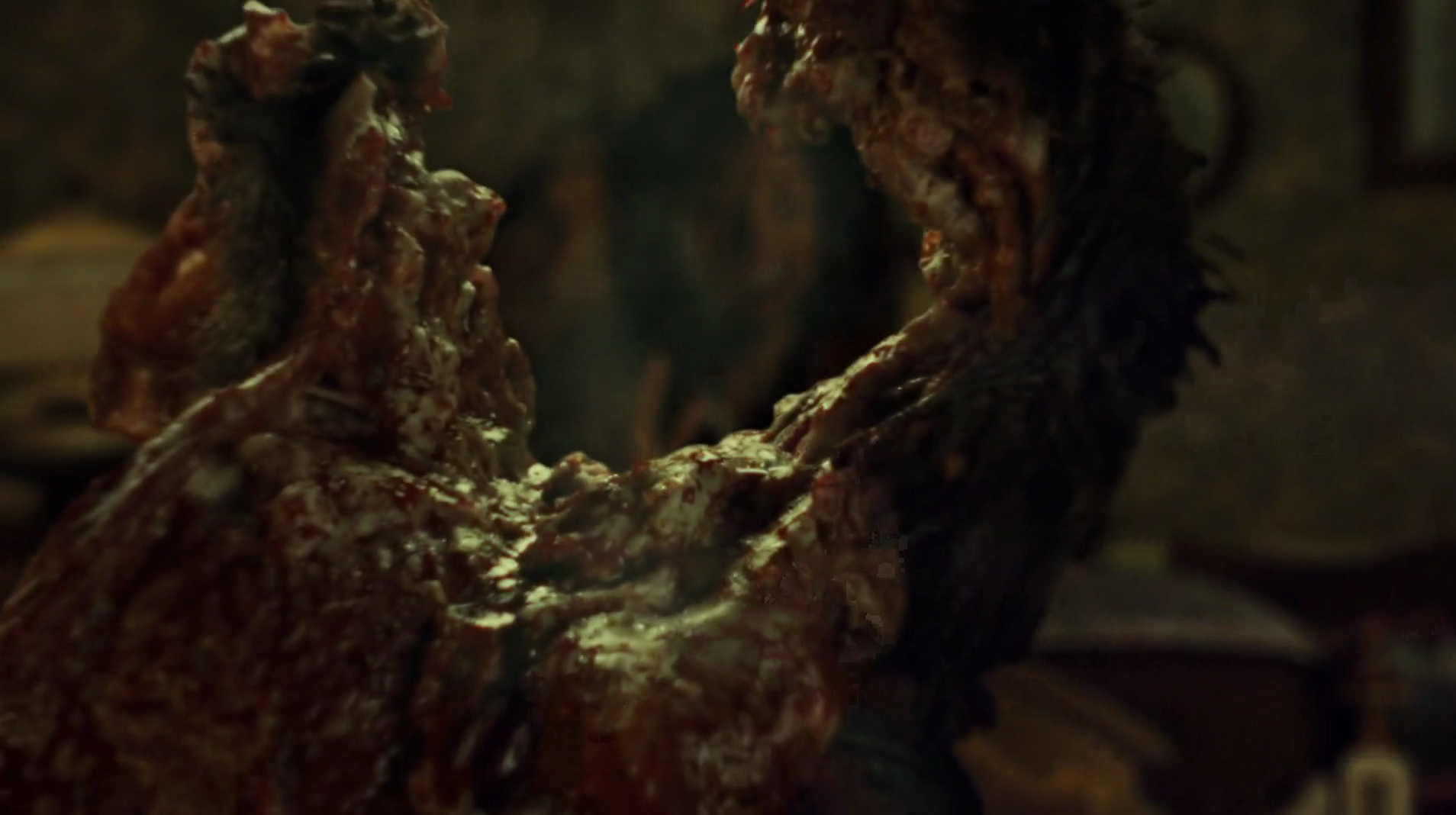What’s a Tree Like You Doing in a Place Like This? (Robot of Sherwood)
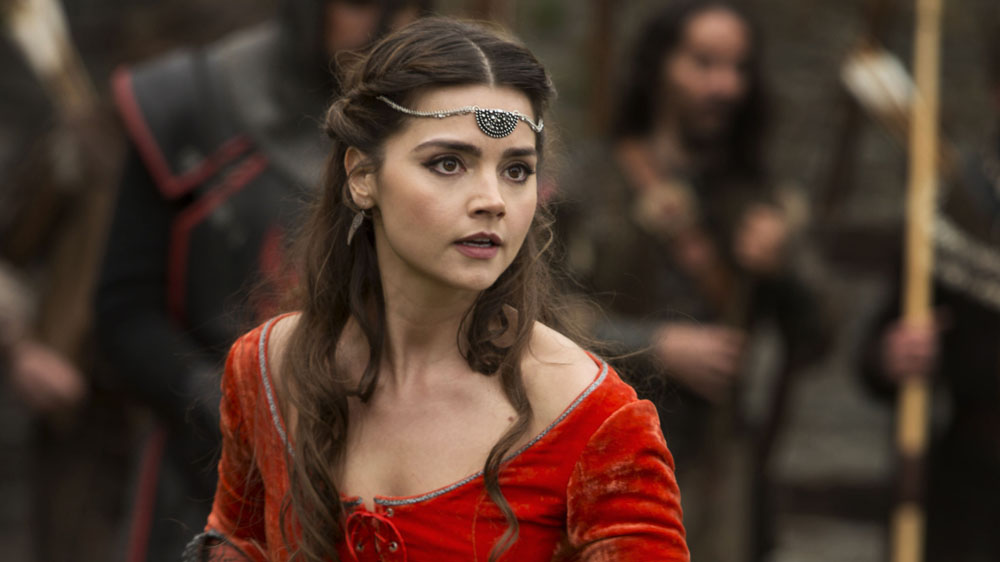 |
| As absurd conceits in Doctor Who go, the fact that Clara can spontaneously grow several feet of hair ranks among my favorites. |
It’s September 6th, 2014. Lilly Wood and Robin Schulz are at number one with “Prayer in C,” with Maroon 5, Sam Smith, and Taylor Swift also charting. In news, a poll showing majority support for Scottish independence sends just about everybody into one sort of frenzy or another. And a massive cache of nude photos hacked from celebrities’ iCloud accounts, most notably and vocally including Jennifer Lawrence, hits the Internet. (Lawrence eventually offers the entirely sensible response that “anybody who looked at those pictures, you’re perpetuating a sexual offense. You should cower with shame.”)
While on television, the inauguration of what we might call late Gatiss. This is not a term or concept we think about as much as late Moffat. Part of this is simply a matter of volume—pinning Robot of Sherwood as the commencement of Gatiss’s late style is, in terms of episode count, equivalent to declaring that Moffat hit late style with The Eleventh Hour. But more of it is simply a general disinclination to treat Gatiss with the sort of seriousness that the phrase “late style” implies. The usual line on Gatiss is that he’s an empty trad nostalgist, an approach that implicitly rejects the idea that one’s style could evolve.
And yet starting with Series Seven, Gatiss clearly began improving. Cold War and The Crimson Horror were among the best scripts in an admittedly uneven season, with The Crimson Horror in particular demonstrating a newfound interest in form. And that broadly continues through his Capaldi-era contributions, none of which are quite as straightforward as unreconstructed nostalgia pastiches, and two of which are at least pretty good. They are still clearly Gatissy in the same way that Moffat’s late work remains Moffaty, but there’s been a concrete shift in their concerns and goals. What previously seemed like a pathological aversion to originality has mellowed to an embrace of simplicity and clarity. Traditionalism has softened to classicism; nostalgia has evolved to homage.
On one level, for instance, Robot of Sherwood is nothing more than a straightforward celebrity historical of the sort Gatiss already did in The Unquiet Dead and Victory of the Daleks. Except, of course, as the Doctor points out, Robin Hood isn’t real. Admittedly, the same can be said of Victory of the Daleks’ depiction of Winston Churchill, but that wasn’t a major plot point. Here, on the other hand, the question of Robin Hood’s fictionality is one of the driving engines of the story. This doesn’t result in something that is radically different from a celebrity historical—all of them are basically just genre romps with prominent guest stars. But to a degree unmatched by anything save The Unicorn and the Wasp (which notably takes the piss out of The Unquiet Dead), this is a story that’s actually open about this fact. This is a story that is not so much open about the fact that it’s storming through all the major set pieces of a Robin Hood story as it is reveling in it, repeatedly lampshading it for the audience.…

 Banks published the Culture novels in essentially three chunks during which he’d write one every other year and between which he basically didn’t touch the setting. The first, consisting of everything through
Banks published the Culture novels in essentially three chunks during which he’d write one every other year and between which he basically didn’t touch the setting. The first, consisting of everything through 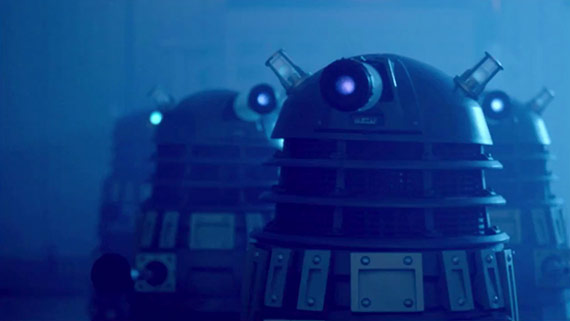
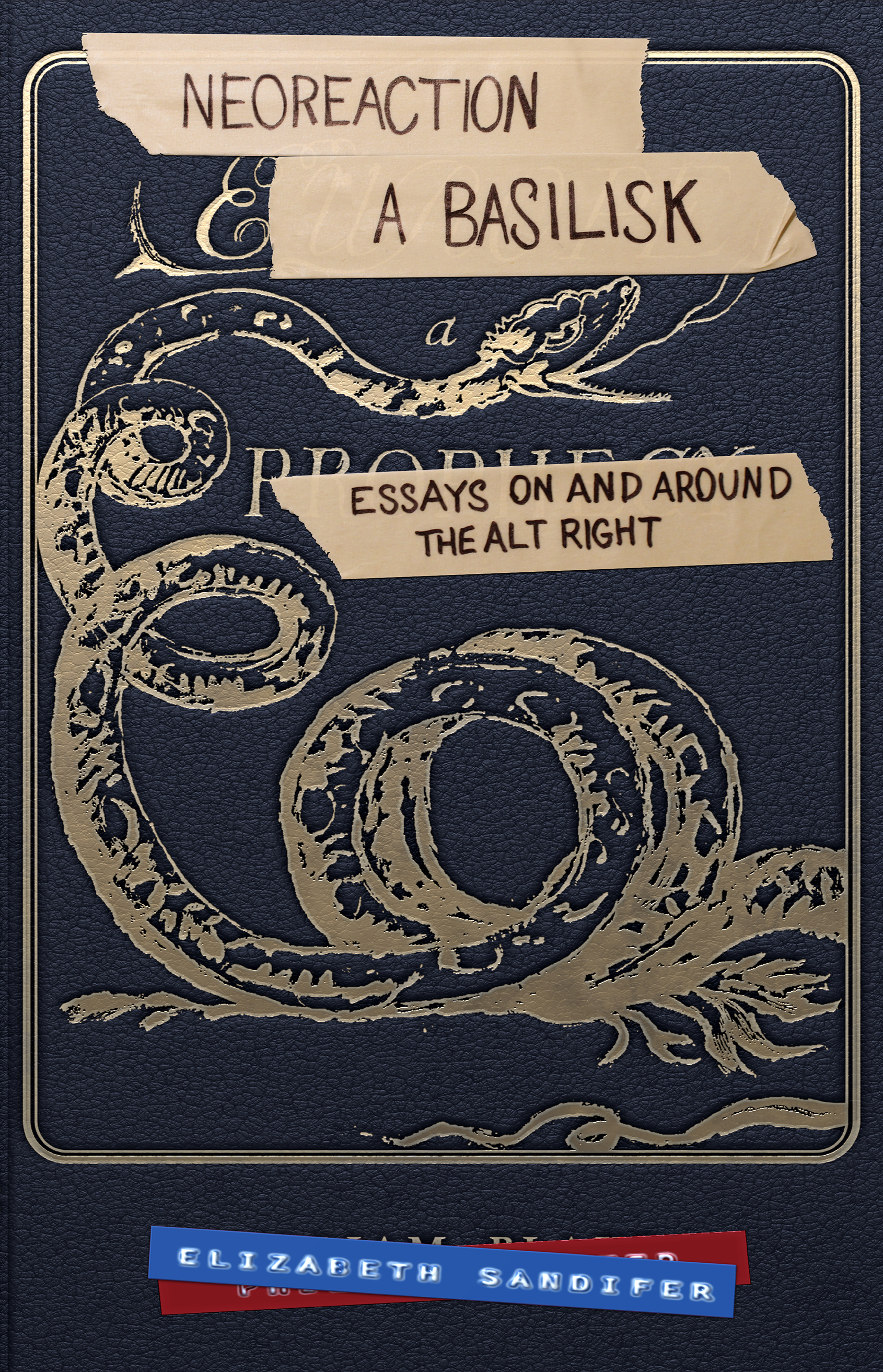 After a rather frustrating day grappling with Amazon, we are pleased to properly announce the revised edition of Neoreaction a Basilisk is now available for sale.
After a rather frustrating day grappling with Amazon, we are pleased to properly announce the revised edition of Neoreaction a Basilisk is now available for sale. 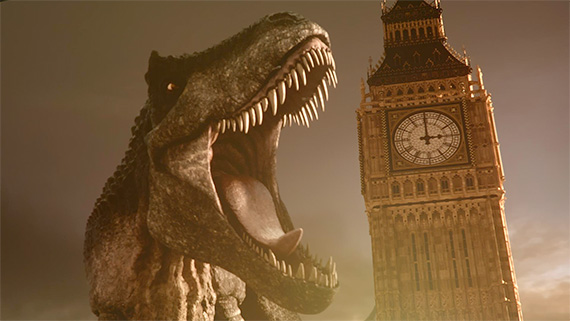
 By rights, Moffat should have left. Sure, he’d done a season less than Davies, but it was clearly time. Each of his three seasons had been a step down from the one before, with Series Seven being an openly miserable experience. The Day of the Doctor and Matt Smith’s departure provided an occasion where he could leave on a high. His style had become exceedingly recognizable and recognized, which is the phase right before utter stagnation. It was time to go, and if he didn’t he risked—indeed, given the tenacity of his critics, essentially ensured—that there would be accusations that he stayed too long. But, of course, he didn’t. He retrenched, got a new star and executive producer, and went back to try again. This is the story of how that went, and of what may be Doctor Who’s most unexpected golden age.
By rights, Moffat should have left. Sure, he’d done a season less than Davies, but it was clearly time. Each of his three seasons had been a step down from the one before, with Series Seven being an openly miserable experience. The Day of the Doctor and Matt Smith’s departure provided an occasion where he could leave on a high. His style had become exceedingly recognizable and recognized, which is the phase right before utter stagnation. It was time to go, and if he didn’t he risked—indeed, given the tenacity of his critics, essentially ensured—that there would be accusations that he stayed too long. But, of course, he didn’t. He retrenched, got a new star and executive producer, and went back to try again. This is the story of how that went, and of what may be Doctor Who’s most unexpected golden age.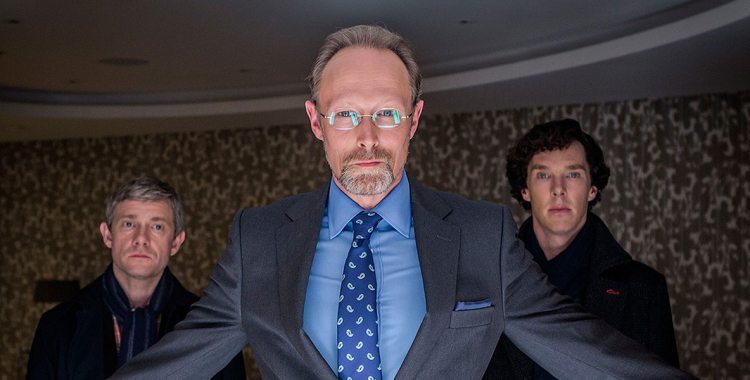 It’s January 12th, 2014. Pharrell Williams is happily at number one, with Beyonce, Eminem, Ellie Goulding, and Pitbull also charting. In news, a cold snap in the US has all fifty states with at least somewhere below freezing, and a chemical leak in West Virginia leaves 300,000 without clean water. In the UK, the death of Mark Duggan, which kicked off riots in the summer of 2011, is ruled to have been lawful, while Keith Wallis pleads guilty for falsely claiming to have heard Andrew Mitchell call some police officers “plebs.”
It’s January 12th, 2014. Pharrell Williams is happily at number one, with Beyonce, Eminem, Ellie Goulding, and Pitbull also charting. In news, a cold snap in the US has all fifty states with at least somewhere below freezing, and a chemical leak in West Virginia leaves 300,000 without clean water. In the UK, the death of Mark Duggan, which kicked off riots in the summer of 2011, is ruled to have been lawful, while Keith Wallis pleads guilty for falsely claiming to have heard Andrew Mitchell call some police officers “plebs.” 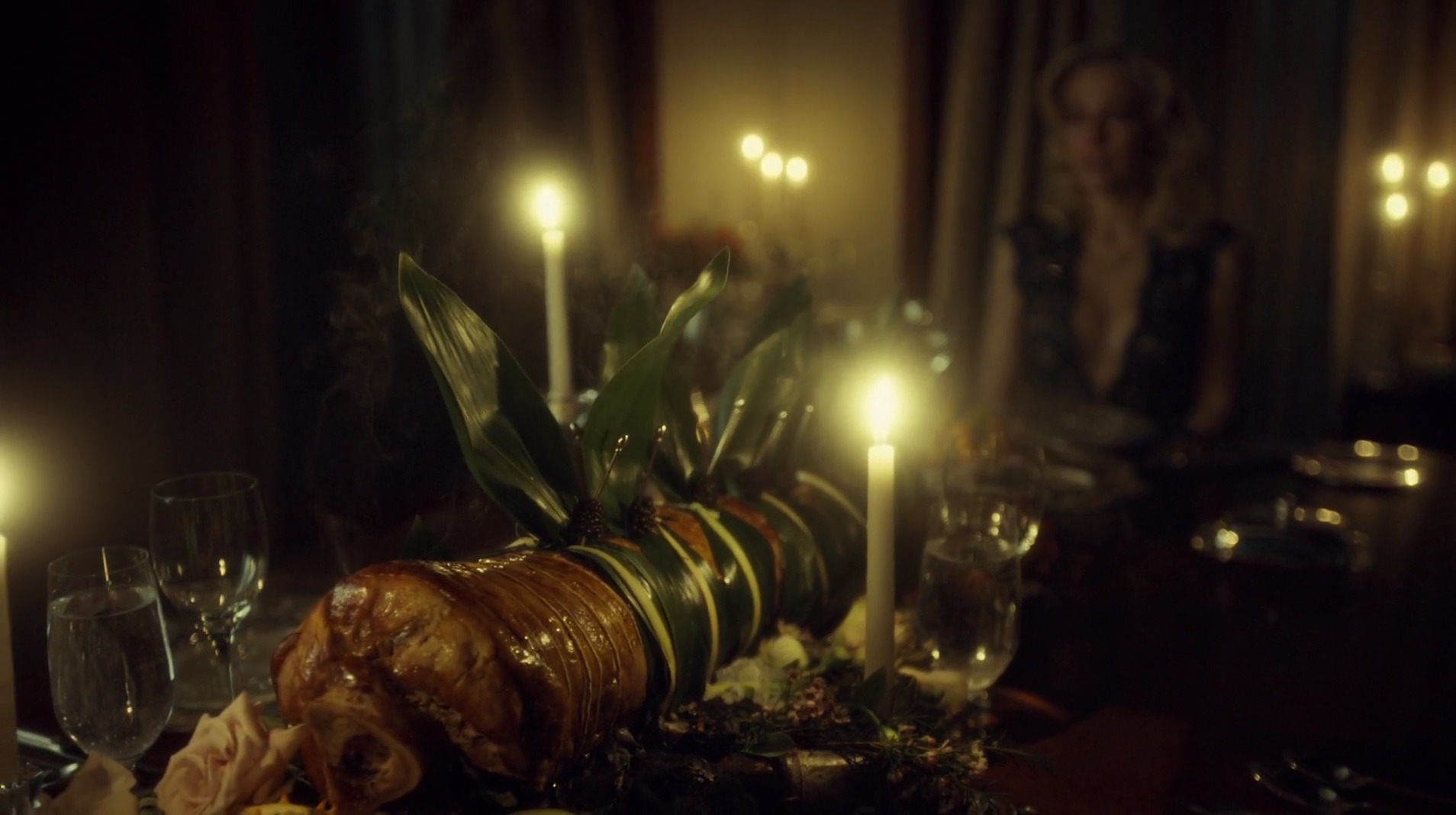 THE WRATH OF THE LAMB: Reframing the title scheme for the back half of the season away from “Blake paintings” and towards “lines from Revelation,” and not entirely honestly. The title drop in the proceeding episode forces single vision, such that it can only refer to Will’s vengeance against Hannibal, although it’s not as though it would have been long on ambiguity without that.
THE WRATH OF THE LAMB: Reframing the title scheme for the back half of the season away from “Blake paintings” and towards “lines from Revelation,” and not entirely honestly. The title drop in the proceeding episode forces single vision, such that it can only refer to Will’s vengeance against Hannibal, although it’s not as though it would have been long on ambiguity without that.